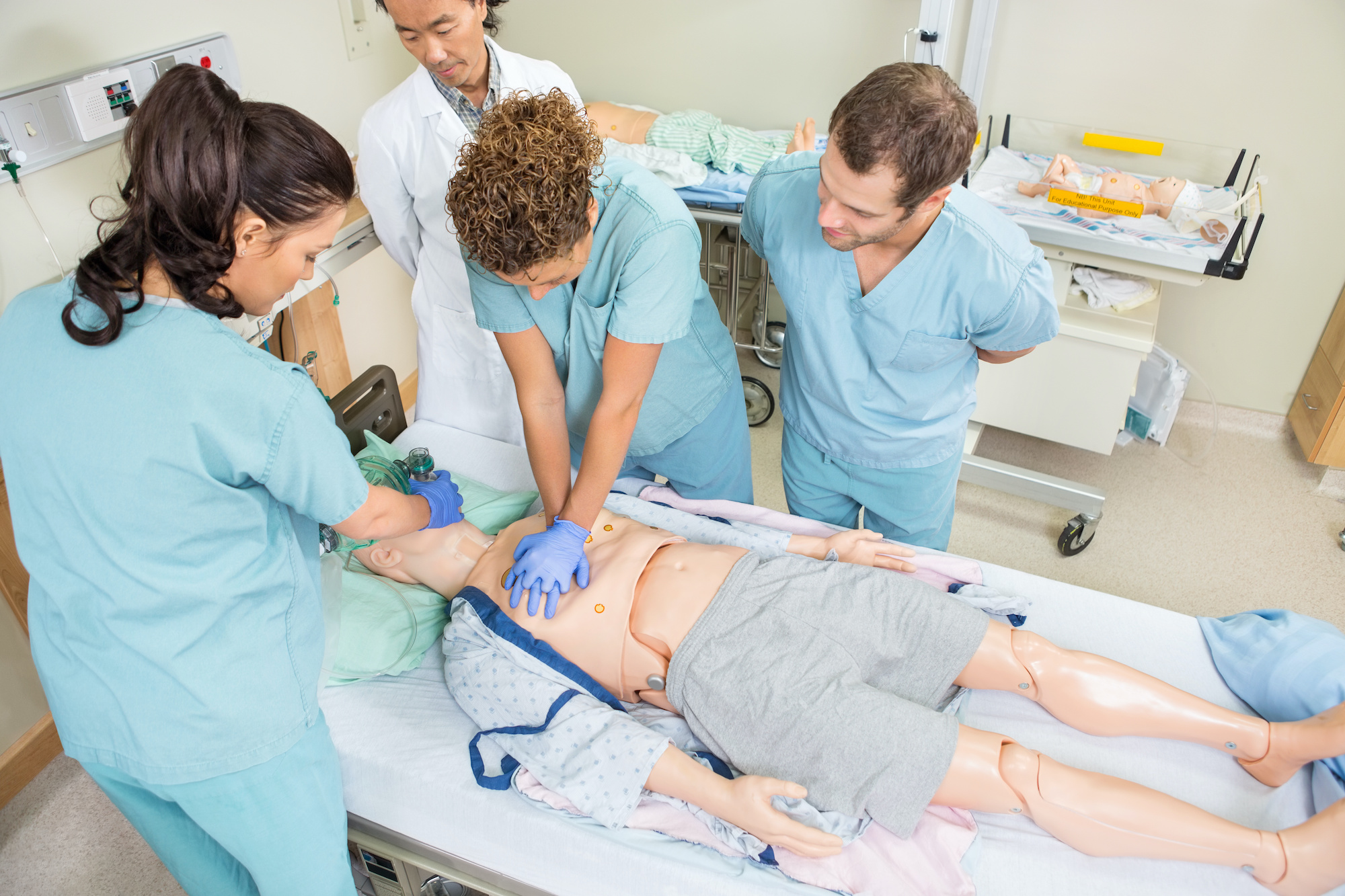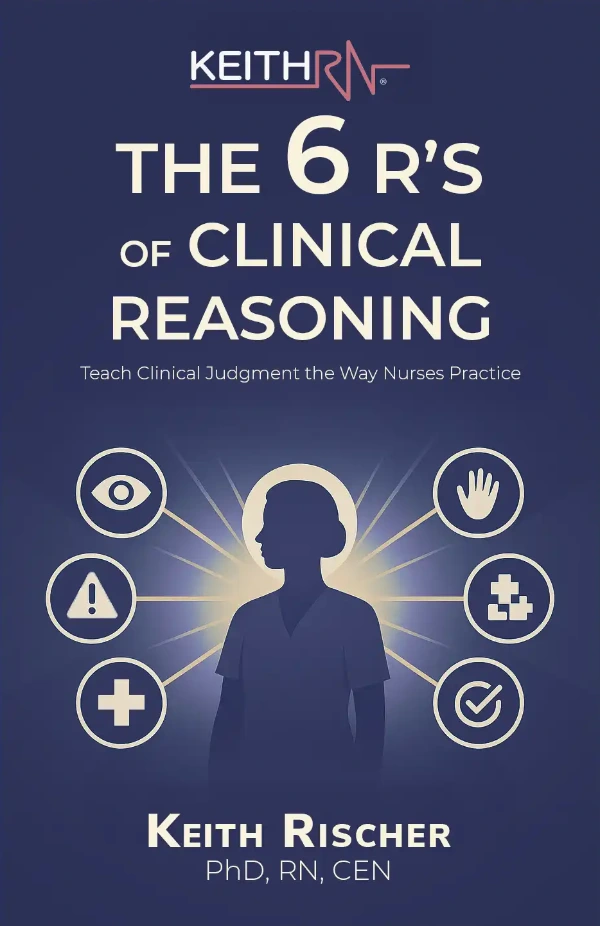
Active learning is critical for engaging students and getting them to think critically. How do escape rooms, interactive puzzles, simulations, and other strategies help students develop caring and clinical judgment?
 Martha Johnson, a nursing instructor and owner of Breakout RN, recently joined me on Facebook and YouTube Live for a conversation about how active learning strategies can drastically improve your students’ knowledge retention and comprehension.
Martha Johnson, a nursing instructor and owner of Breakout RN, recently joined me on Facebook and YouTube Live for a conversation about how active learning strategies can drastically improve your students’ knowledge retention and comprehension.
Frustrated with stale slide presentations and marathon 3-hour lectures, Martha started experimenting with active learning techniques. As a result, she found her students were more engaged, excited to come to class, and doing better on exams. Martha has since set out to help educators create physical, virtual, or blended escape rooms in their classrooms.
Martha also shares her experiences at the Idea Bank, a blog with practical, easy-to-implement activities for nursing instructors to use in class or clinical.
As a new educator, Martha had no classroom experience — she had taught clinical, but never taught in the classroom. She started by lecturing for three hours with scripts, charts, and powerpoints. It was painful for her and her students and she realized something had to change.
She started learning about flipped classrooms and active learning, and began using one new active learning activity every semester. Now her classroom is completely flipped and students are engaged.
Students learn best when they become actively engaged with content — through a story, an interactive puzzle, or other active learning strategies that get them thinking critically.
Chris Tanner identified four distinct clinical reasoning steps that will result in a student making a correct clinical judgment — Noticing, Interpreting, Responding, and Reflecting. Educational strategies such as high- and low-fidelity simulation, unfolding case studies, escape rooms, and other active learning techniques develop clinical judgment as nurse thinking is repeatedly practiced.
A journey of 1000 miles begins with a first step! What are easy first steps for integrating active learning into your classroom?
- The easiest place to start is in a warm up for class in the first 10 min when students’ attention is at its peak. Try this activity to help focus their minds on class: A quick yes/no format game: Would you give this med?
- Dr. Patricia Benner and her co-authors in Educating Nurses: A Call for Radical Transformation recognized the importance of bringing clinical realities into the classroom. Bring stories from your experience in practice to class. Your stories can leave a powerful, emotional impact on a nursing student that they will connect with, bring to practice, and never forget.
Can caring and empathy be taught through active learning?
- Martha’s mentor always treated her with respect and kindness. That made her realize as a nurse educator that she always wanted to treat her students with respect.
- Empathy is seeking to understand someone else’s feelings. We can teach students to understand their patient’s experience through modeling empathetic behavior. We can respect students, be kind, and empathetic to their situations.
- The Empathy Map can be used for teaching empathy. Use a photo of a patient’s emotions and then use the Empathy Map to flesh out what the patient might be feeling.
- Like any skill, empathy needs to be practiced.
Train students to expect the unexpected. Escape rooms offer an active learning strategy to get students engaged.
- Martha’s Escape Room Course helps educators create their own escape rooms based on their content. She wanted to share how she created an escape room so others could create their own.
- Create a virtual escape room using Google Forms.
- Escape Decks provide an easy, interactive learning activity for small groups of students to learn nursing concepts and practice critical thinking.
Closing Thoughts
It is ok to be a kind instructor. When Martha was a new nurse educator she felt like she was doing something wrong by not being intimidating or mean. It’s ok to be compassionate. We need teachers to change the culture. We need to be role models for our students. What we bring into the classroom is what they will bring into practice.
Start small with active learning. You will see immediate results. Your class will be more engaged and you will be more motivated to do more.
Let students see your passion for nursing!
Get in touch with Martha at martha@breakoutrn.com.
To learn more, watch the video of this conversation:
Additional information on Martha and her innovative strategies:
Keith Rischer – PhD, RN, CEN
As a nurse with over 35 years of experience who remained in practice as an educator, I’ve witnessed the gap between how nursing is taught and how it is practiced, and I decided to do something about it! Read more…
The Ultimate Solution to Develop Clinical Judgment Skills
KeithRN’s Think Like a Nurse Membership
Access exclusive active learning resources for faculty and students, including KeithRN Case Studies, making it your go-to resource.




